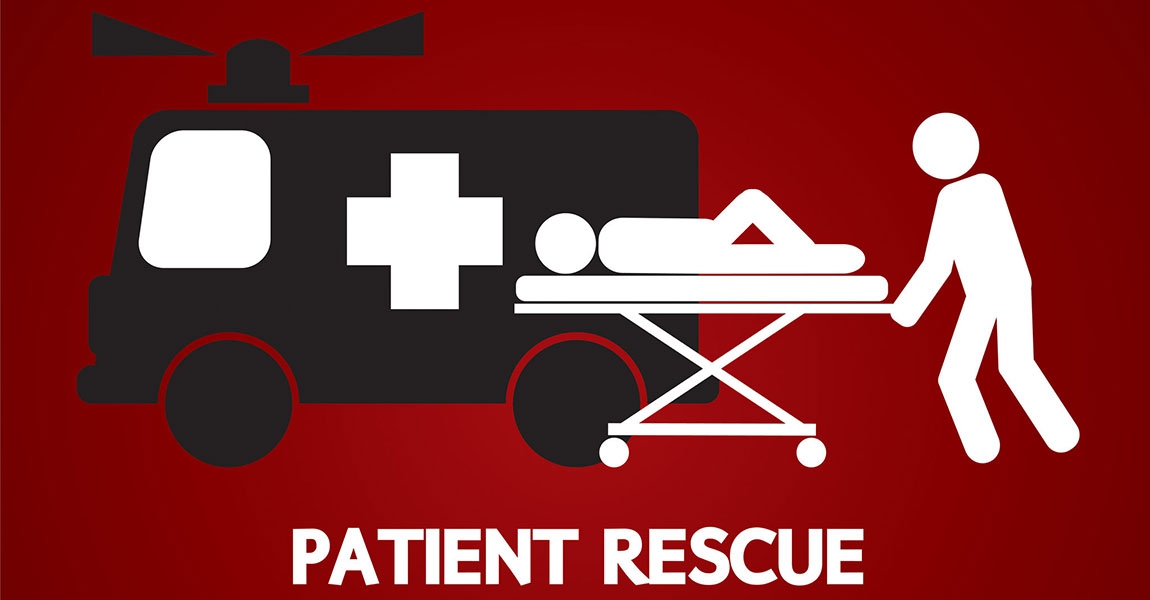
Road traffic injuries
Home > Health Info > Health Articles

Key facts
About 1.24 million people die each year as a result of road traffic crashes.
Road traffic injuries are the leading cause of death among young people, aged 15–29 years.
91% of the world’s fatalities on the roads occur in low-income and middle-income countries, even though these countries have approximately half of the world’s vehicles.
Half of those dying on the world’s roads are “vulnerable road users”: pedestrians, cyclists and motorcyclists.
Without action, road traffic crashes are predicted to result in the deaths of around 1.9 million people annually by 2020.
Only 28 countries, representing 416 million people (7% of the world’s population), have adequate laws that address all five risk factors (speed, drink-driving, helmets, seat-belts and child restraints).
Every year the lives of almost 1.24 million people are cut short as a result of a road traffic crash. Between 20 to 50 million more people suffer non-fatal injuries, with many incurring a disability as a result of their injury.
Road traffic injuries cause considerable economic losses to victims, their families, and to nations as a whole. These losses arise from the cost of treatment (including rehabilitation and incident investigation) as well as reduced/lost productivity (e.g. in wages) for those killed or disabled by their injuries, and for family members who need to take time off work (or school) to care for the injured.
There are few global estimates of the costs of injury, but an estimate carried out in 2000 suggest that the economic cost of road traffic crashes was approximately US$ 518 billion. National estimates have illustrated that road traffic crashes cost countries between 1–3% of their gross national product, while the financial impact on individual families has been shown to result in increased financial borrowing and debt, and even a decline in food consumption.
Road traffic injuries have been neglected from the global health agenda for many years, despite being predictable and largely preventable. Evidence from many countries shows that dramatic successes in preventing road traffic crashes can be achieved through concerted efforts that involve, but are not limited to, the health sector.
Who is at risk?
Socioeconomic status
More than 90% of deaths that result from road traffic injuries occur in low- and middle-income countries. Road traffic injury death rates are highest in the low- and middle-income countries of the African and Eastern Mediterranean regions. Even within high-income countries, people from lower socioeconomic backgrounds are more likely to be involved in a road traffic crashes than their more affluent counterparts.
Age
Young adults aged between 15 and 44 years account for 59% of global road traffic deaths.
Sex
From a young age, males are more likely to be involved in road traffic crashes than females. More than three-quarters (77%) of all road traffic deaths occur among men. Among young drivers, young males under the age of 25 years are almost 3 times as likely to be killed in a car crash as young females.
Risk factors and what can be done to address them
Road traffic injuries can be prevented. Governments need to take action to address road safety in a holistic manner, that requires involvement from multiple sectors (transport, police, health, education) and that addresses the safety of roads, vehicles, and road users themselves.
Effective interventions include designing safer infrastructure and incorporating road safety features into land-use and transport planning; improving the safety features of vehicles; and improving post-crash care for victims of road crashes. Interventions that target road user behaviour are equally important, such as setting and enforcing laws relating to key risk factors, and raising public awareness about these. Below are some key risk factors.
Speed
An increase in average speed is directly related both to the likelihood of a crash occurring and to the severity of the consequences of the crash. Some other facts are below.
Pedestrians have a greater chance of surviving a car crash at 30 km/h or below.
30 km/h speed zones can reduce the risk of a crash and are recommended in areas where vulnerable road users are common (e.g. residential areas, around schools).
Apart from reducing road traffic injuries, lower average traffic speeds can have other positive effects on health outcomes (e.g. by reducing respiratory problems associated with car emissions).
Drink–driving
Drinking and driving increases both the risk of a crash and the likelihood that death or serious injury will result.
The risk of being involved in a crash increases significantly above a blood alcohol concentration (BAC) of 0.04 g/dl.
Laws that establish BACs of 0.05g/dl or below are effective at reducing the number of alcohol-related crashes.
Enforcing sobriety checkpoints and random breath testing can lead to reductions in alcohol-related crashes of about 20% and have shown to be very cost-effective.
Motorcycle helmets
Wearing a motorcycle helmet correctly can reduce the risk of death by almost 40% and the risk of severe injury by over 70%.
When motorcycle helmet laws are enforced effectively, helmet wearing rates can increase to over 90%.
Requiring helmets to meet a recognized safety standards is important to ensure that helmets can effectively reduce the impact of a collision to the head in the event of a crash.
Seat-belts and child restraints
Wearing a seat-belt reduces the risk of a fatality among front-seat passengers by 40–50% and of rear-seat passengers by between 25–75%.
Mandatory seat-belt laws and their enforcement have been shown to be very effective at increasing seat-belt wearing rates.
If correctly installed and used, child restraints reduce deaths among infants by approximately 70% and deaths among small children by between 54% and 80%.
Distracted driving
There are many types of distractions that can lead to impaired driving, but recently there has been a marked increase around the world in the use of mobile phones by drivers that is becoming a growing concern for road safety. The distraction caused by mobile phones can impair driving performance in a number of ways, e.g. longer reaction times (notably braking reaction time, but also reaction to traffic signals), impaired ability to keep in the correct lane, and shorter following distances.
Text messaging also results in considerably reduced driving performance, with young drivers at particular risk of the effects of distraction resulting from this use.
Drivers using a mobile phone are approximately four times more likely to be involved in a crash than when a driver does not use a phone. Hands-free phones are not much safer than hand-held phone sets.
While there is little concrete evidence yet on how to reduce mobile phone use while driving, governments need to be proactive. Actions that can be taken include adopting legislative measures, launching public awareness campaigns, and regularly collecting data on distracted driving to better understand the nature of this problem.
Source: World Health Organization
Share :



